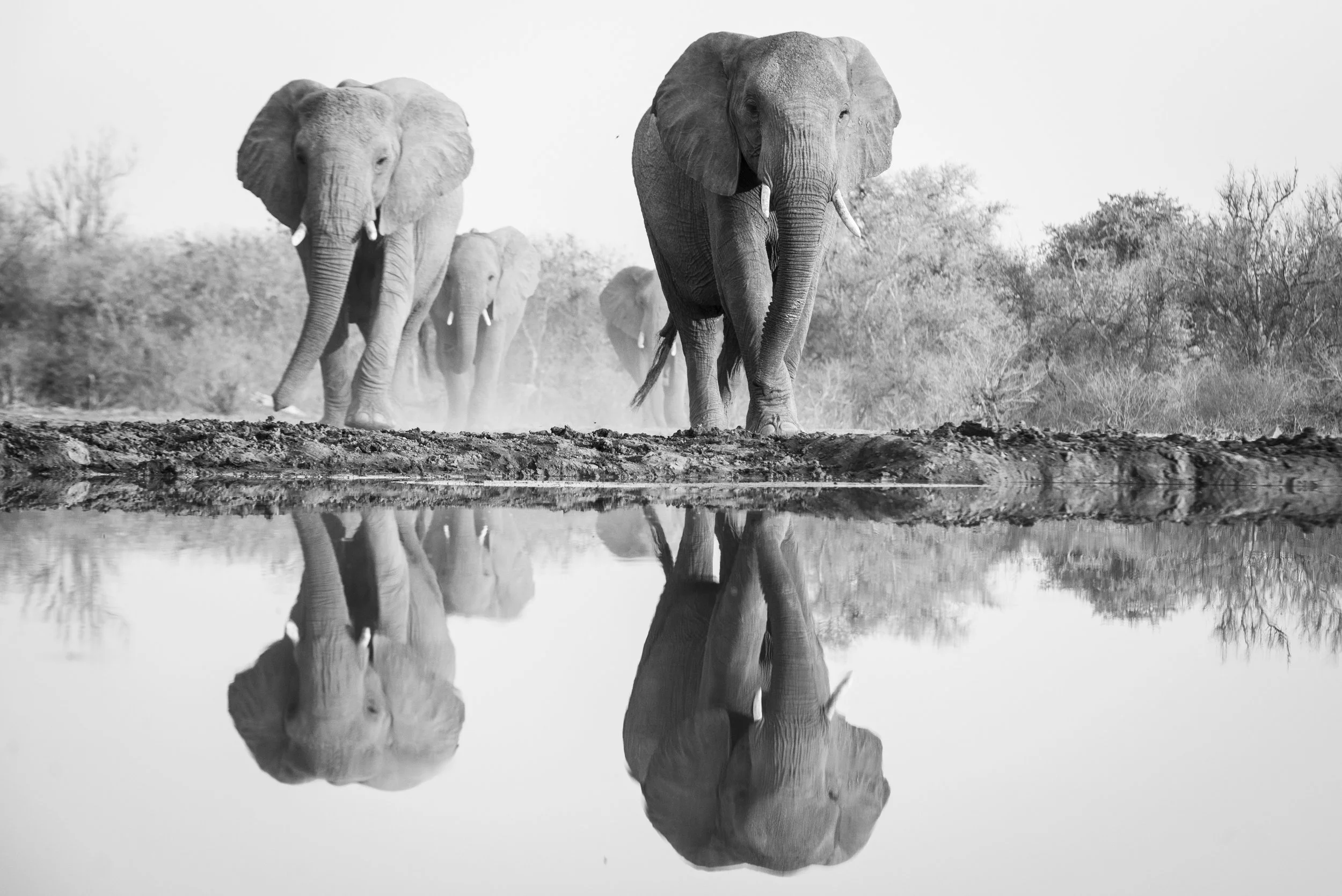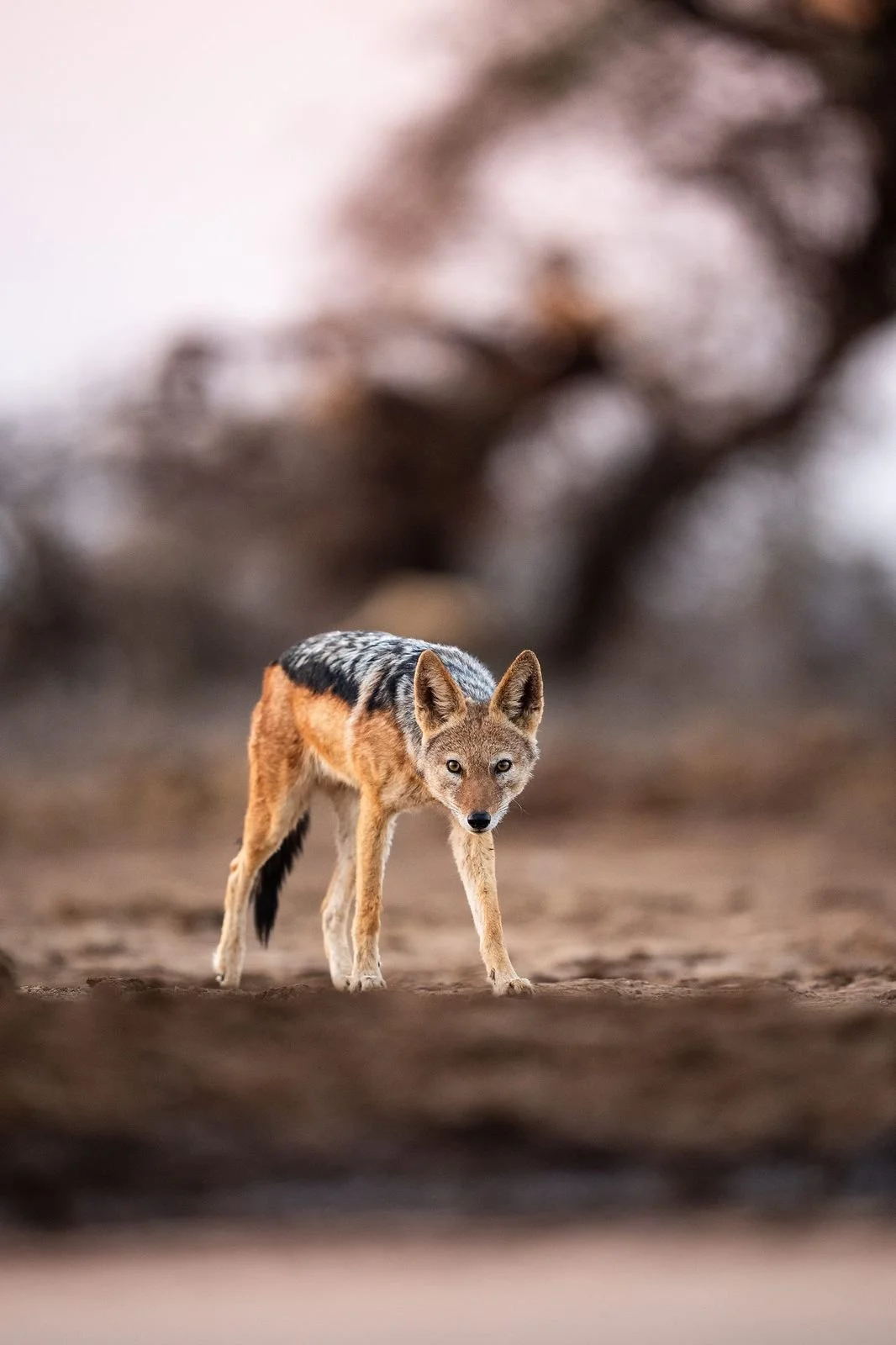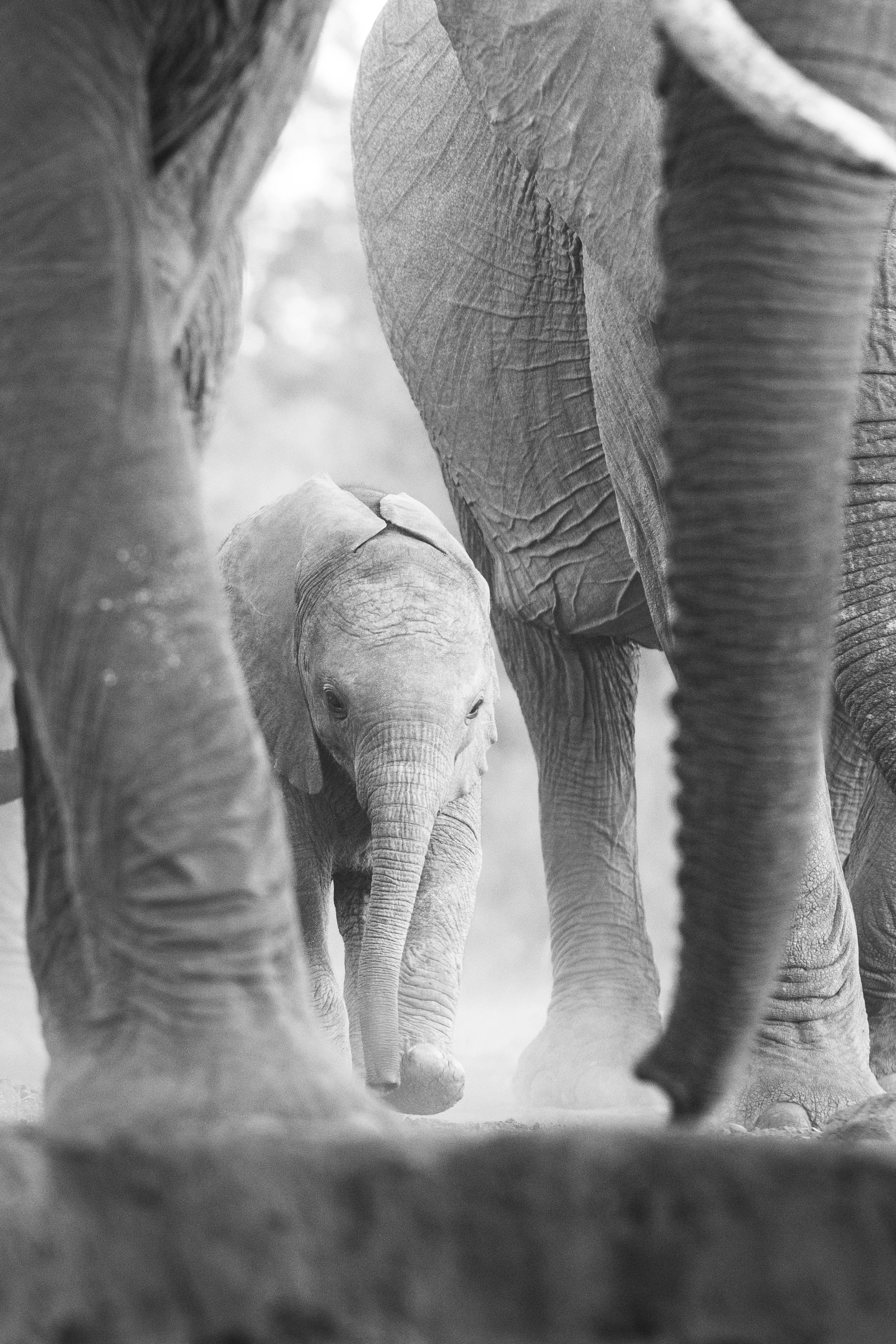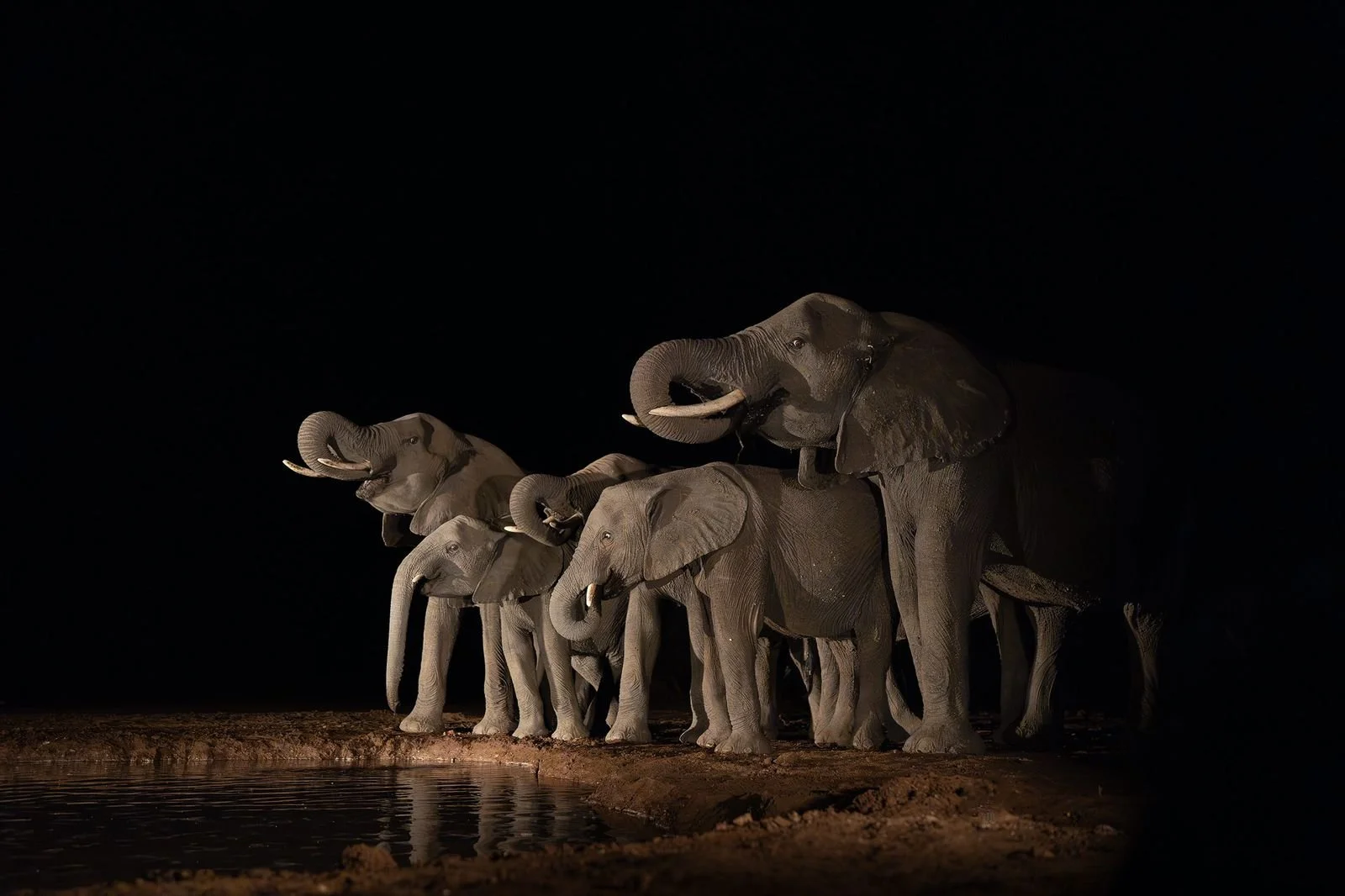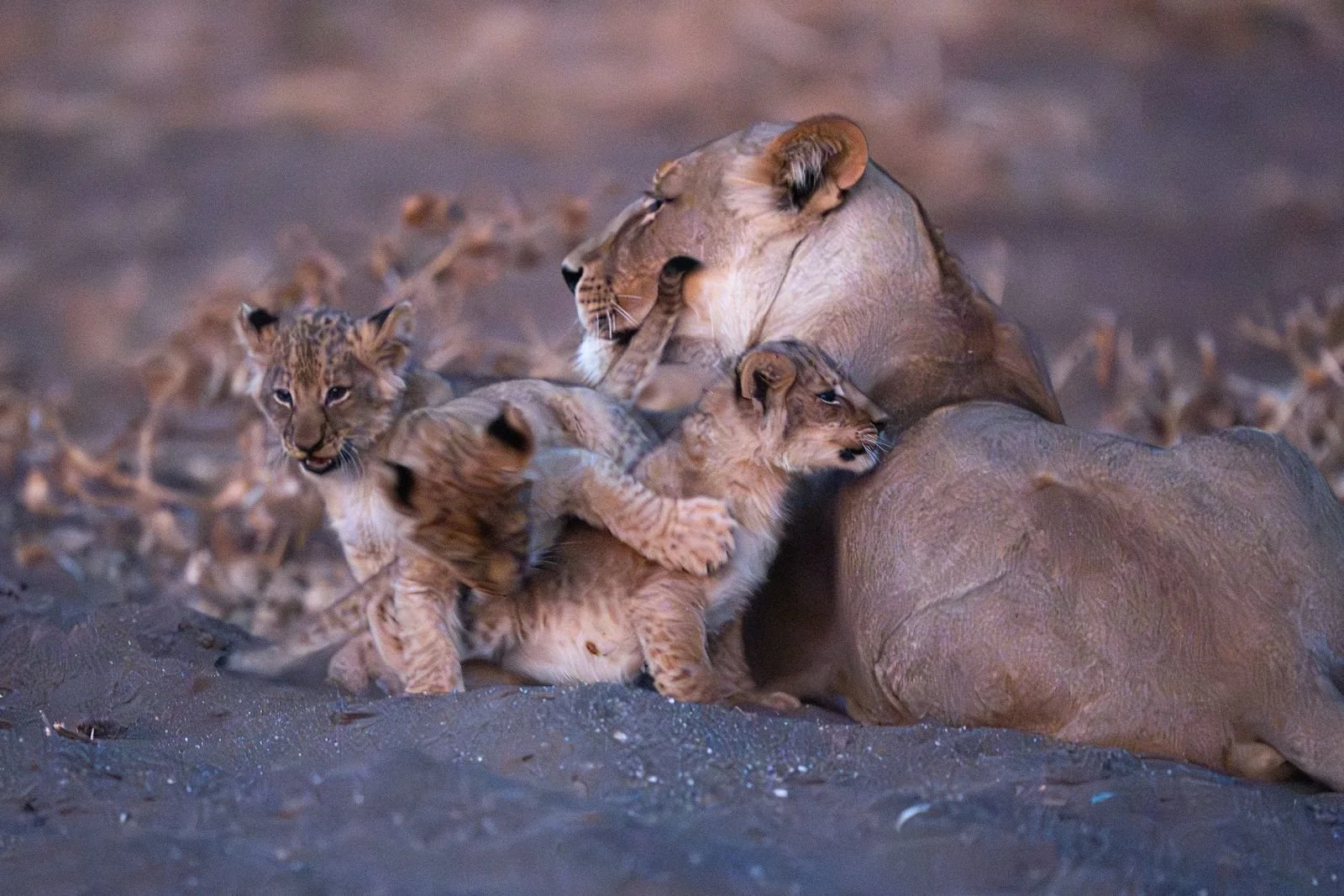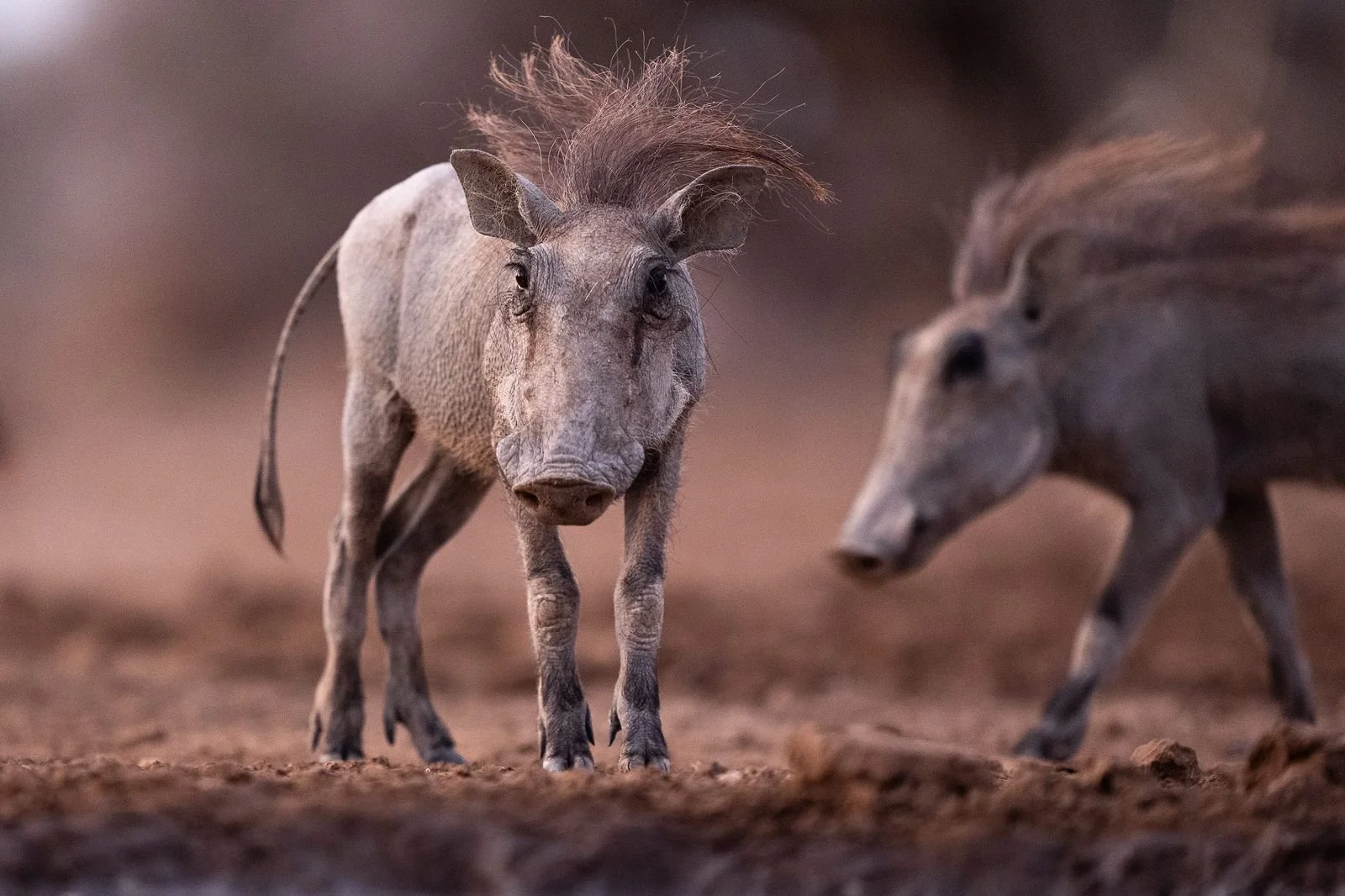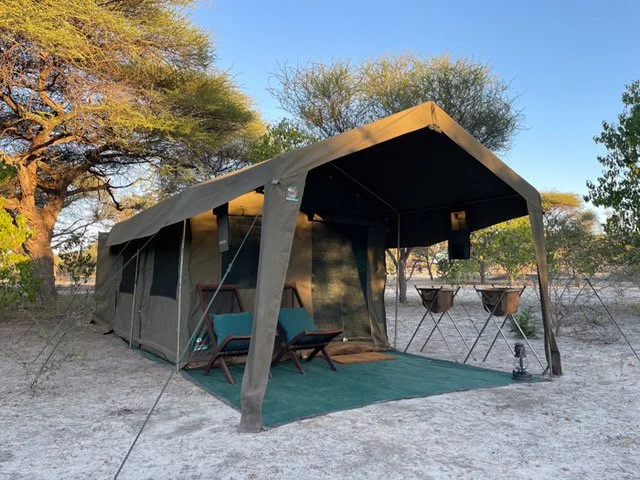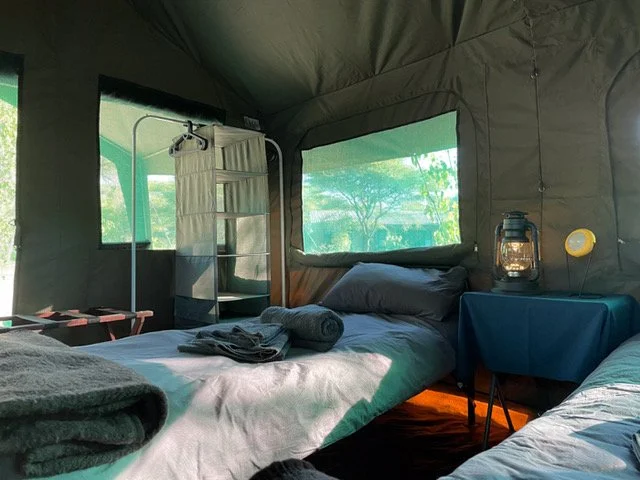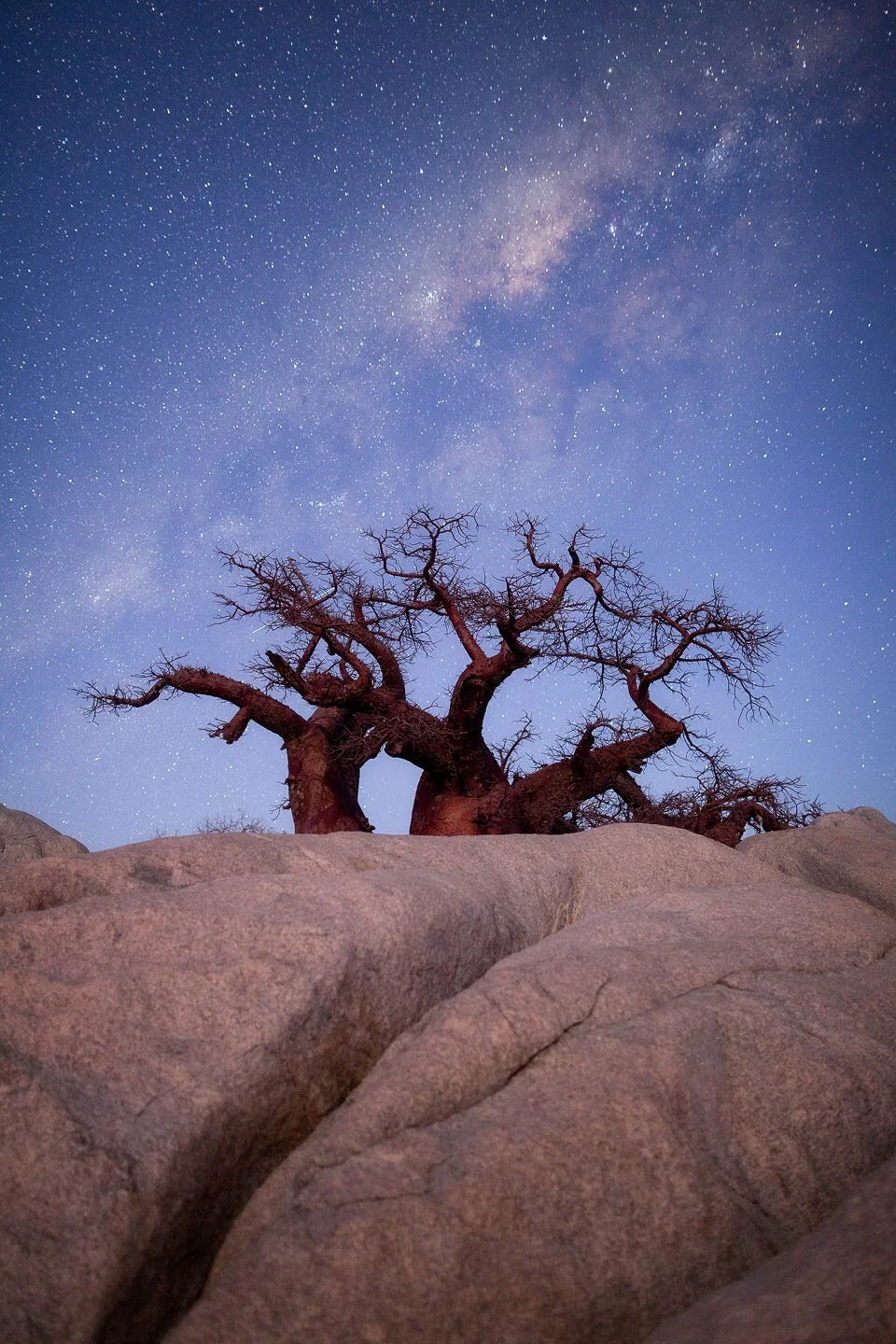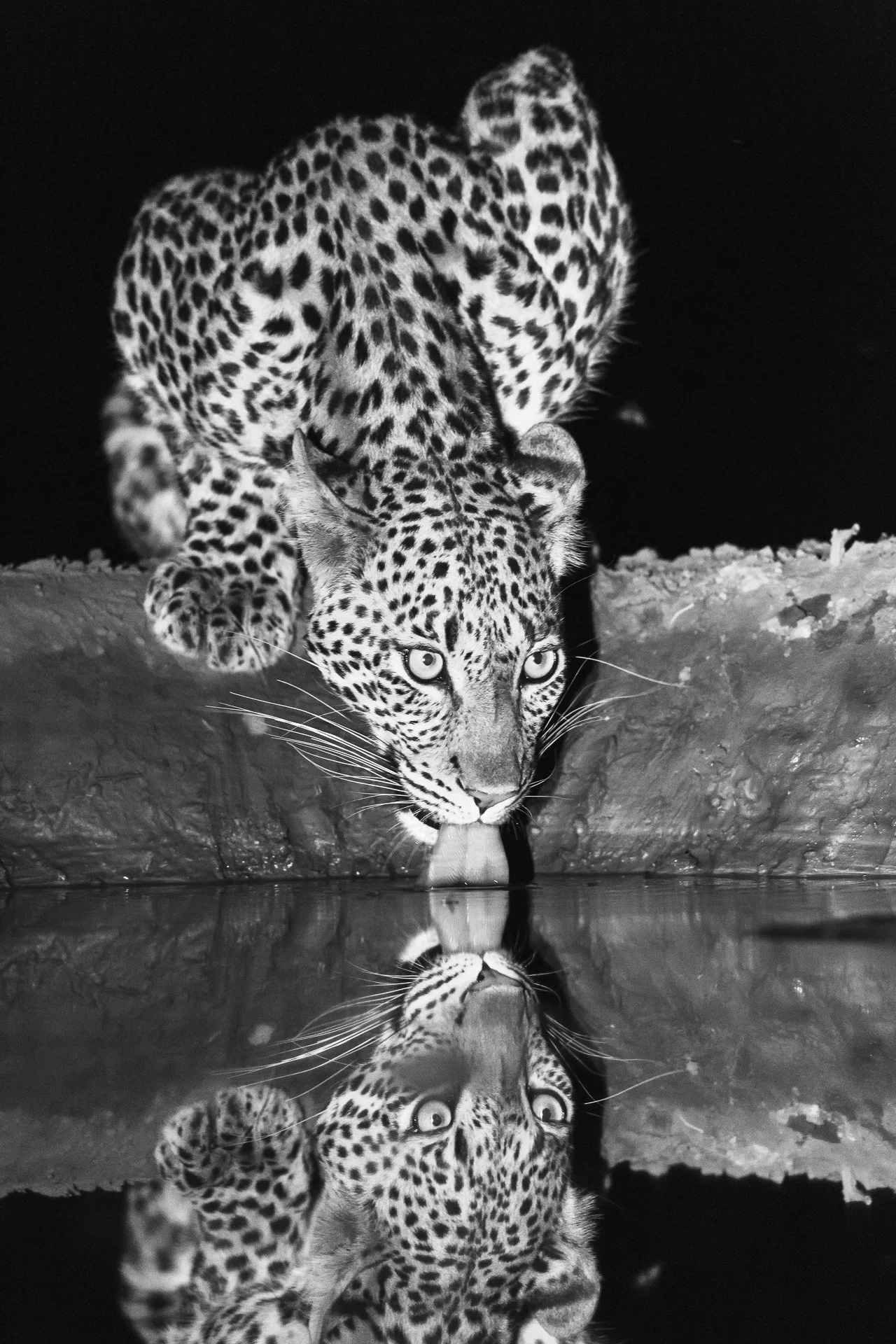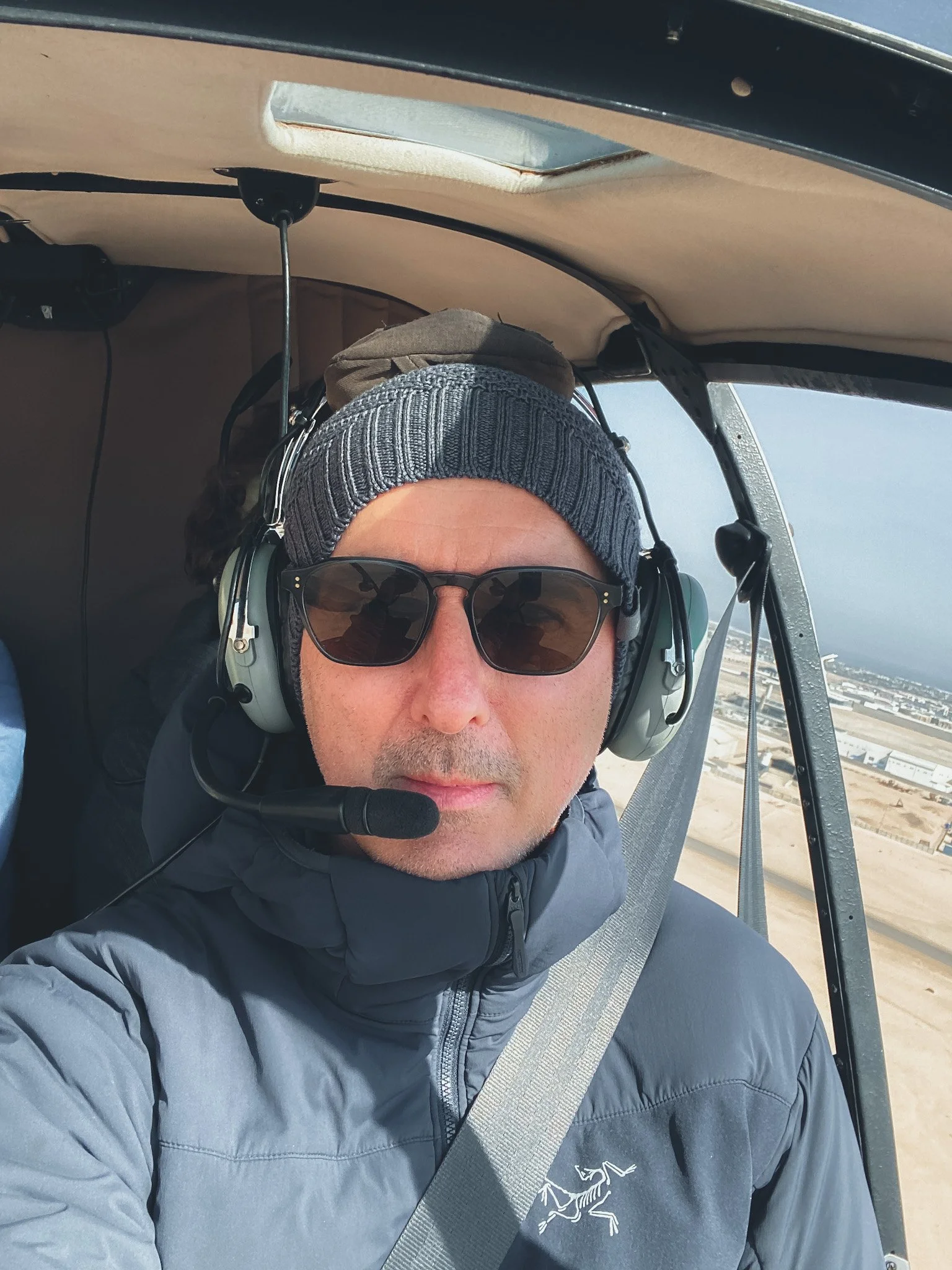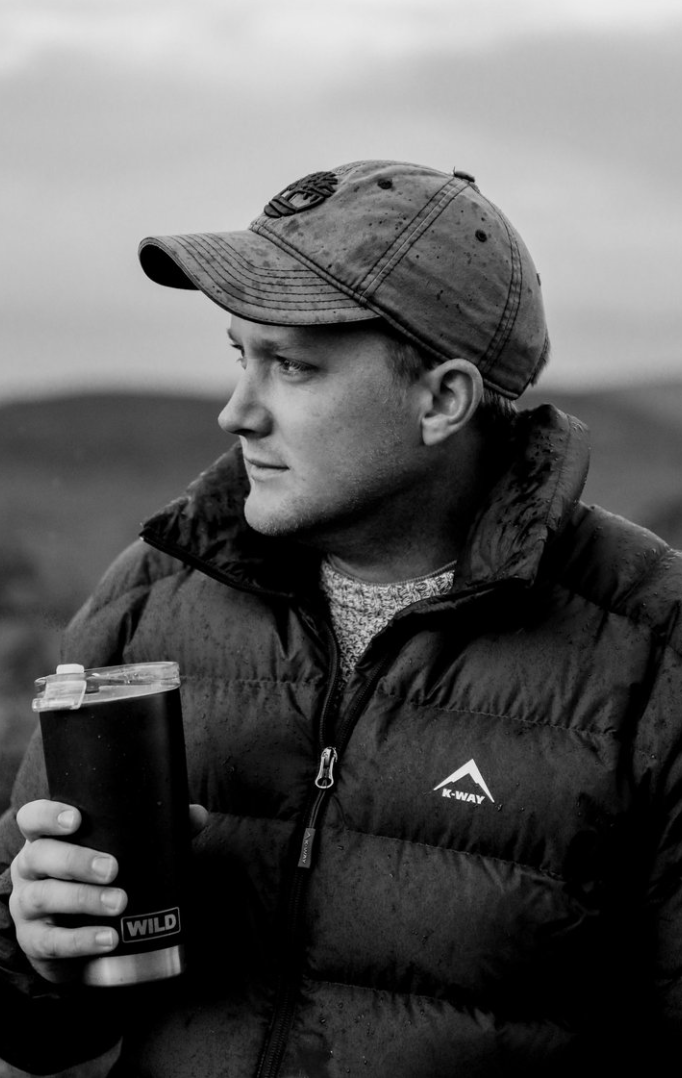BOTSWANA
16 - 26 May 2026 - SOLD OUT/WAITInG LIST
11 DAY LANDSCAPE & WILDLIFE PHOTOGRAPHY WORKSHOP
Botswana is widely regarded as the world's top wildlife photography destination. Thanks to vast expanses of pristine African bush and an incredible variety and density of wildlife. Combined with a forward thinking government which prioritised conservation and low-impact, high-value tourism decades ago, it is now the ultimate destination for photographing African wildlife.Join us for this exciting new 10-night itinerary that will deliver a unique new astro destination, combined with Botswana's ultimate photo-destination; Mashatu. This lodge in the far south-east of Botswana offers not only a massive 80000 acre private reserve teeming with everything from Leopard and Elephants to rare predators, many antelope species and birds, but also several purpose-built photographic hides.
Wildlife is a key part of this tour, but we've also included one of Africa's best kept secrets for astro photography - Kubu Island. We're still trying to decipher how it came to be, but this amazing destination is pretty much unknown to the global nature photography community. Kubu Island is a tiny outcrop of granite hills in the middle of the vast Makgadikgadi salt flats. It's beautiful granite boulders are dotted with countless ancient Boabab trees. This simple combination of geometric rocks and the stark shapes of the boabab trees are a landscape- and astro-photographer's paradise..
We will be taking 12 participants with 3 guides - Andy Mumford, Hougaard Malan and Jandre Germishuizen. This will allow us to split all shooting into 3 x groups of 4, each with a guide. This guarantees small groups that get lots of 1-on-1 attention from the guides and also flexibility to tailor everything we do to several different needs/desires on what to shoot. Kubu Island has about 5 really photogenic areas that are far apart, which will allow us to split into smaller groups and also for a few people to wander off and do their own thing. This is ideal for the advanced astro shooters who want to do panoramas or stacking.
At Mashatu, we will have 4x private vehicles allowing each guest to get their own row in the vehicle and photograph on both sides. This also means that on each drive you can choose which animal you want to go looking for; elephant, leopard or birds, etc and then we can split the group up according to those wishes. We’ll also have access to Lala Limpopo Hide, Mashatu's brand new flagship hide as well as the other normal hides included in your price.
A strong focus on all our workshops is on the quality of experience. From the accommodations and food to the photographic support, we want you to go home felling that not only has the trip helped you grow photographically, but has also created memories you’ll keep forever, as well as some great friends.




